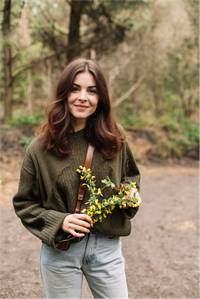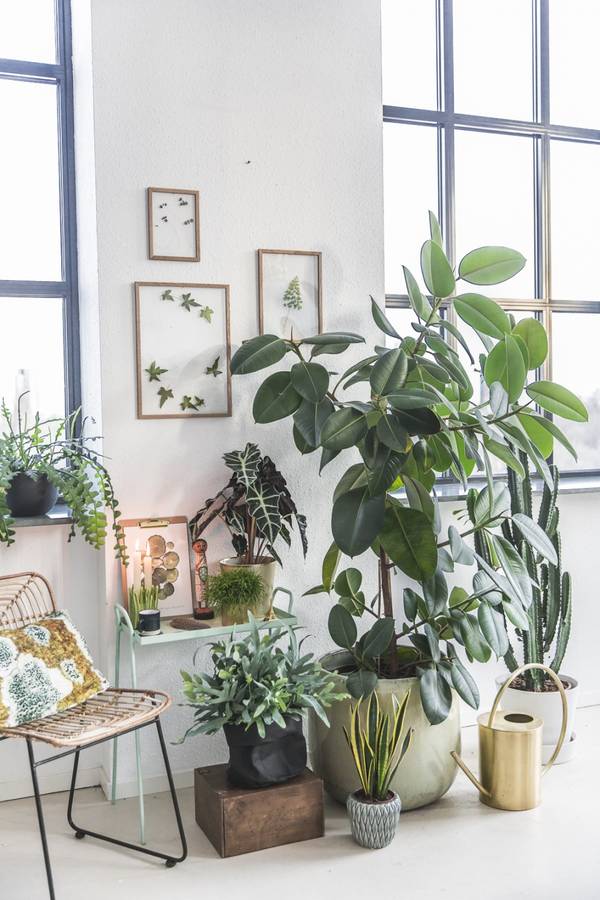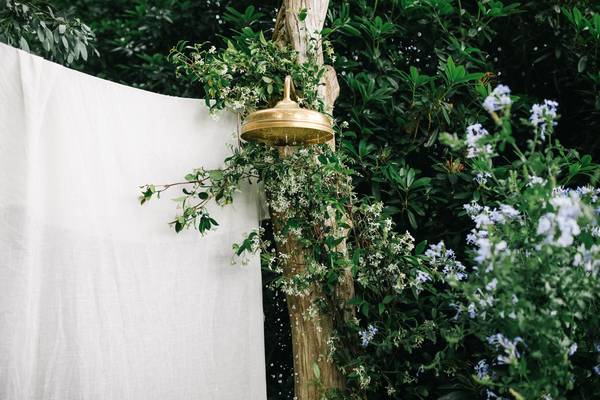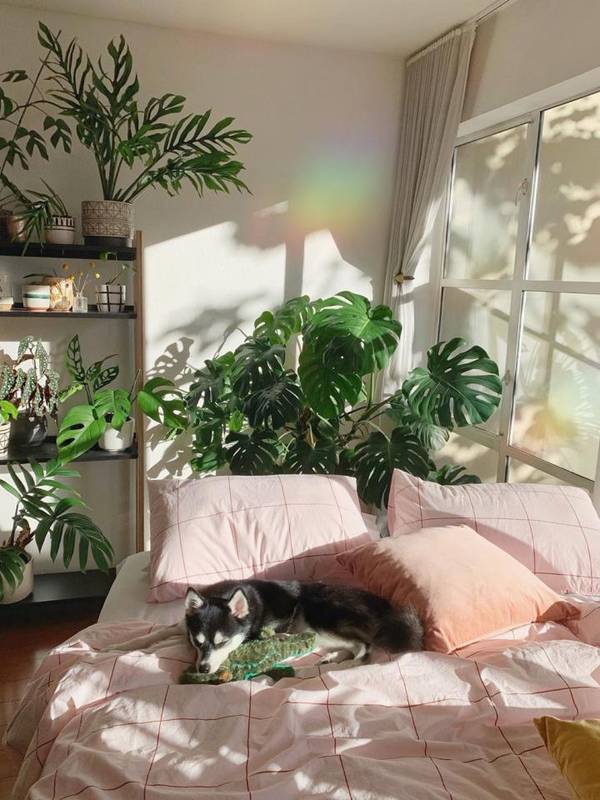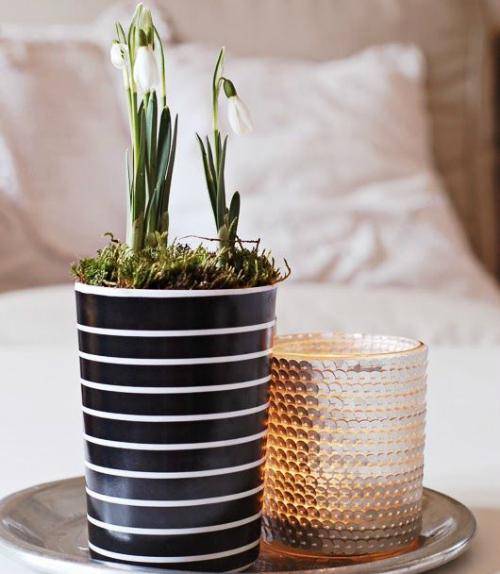
Care
- Fill the pot with special soil for carnivorous plants which retains moisture well.
- Make sure that the soil remains damp. Place the plant on a saucer and pour a bit of water onto the saucer every day.
- Sarracenia prefers a light spot, but not bright sunlight.
- Sarracenia does not like it too cold (at least 12 °C).
- Sarracenia hibernates from November to March. You should then place it in a cool but frost-free spot below 12 °C.
- Naturally this pitcher plant loves to be treated to a fruit fly from time to time, but don’t feel like you have to.

Colours and shapes
Sarracenia catches the insects in a pitcher trap, hence the nickname ‘pitcher plant’. The hood is large and brightly coloured, fooling the insect into thinking it’s a flower. This disco cover contains so many nectar glands that it gleams.
During spring, you can enjoy fabulous flowers and the new pitchers are produced in the summer. There are eight different Sarracenia species, and they come in various colours. Alongside Sarracenia, common carnivores include Dionaea, Drosera and Nepenthes. There are many more carnivorous plants - some 630 species in total!
Symbolism
No symbolism exists for the Sarracenia but the carnivore is known as the ideal ‘keeping the children occupied’ plant. Kids find it fascinating that this plant gobbles up insects whole - and rightly so.
Origin
Sarracenia is actually a swamp plant which originates from south-east North America. In the summer this insect eater also does extremely well on the edge of a pond. Sarracenia can now be found all over the world, but it’s becoming increasingly rare in the wild.

